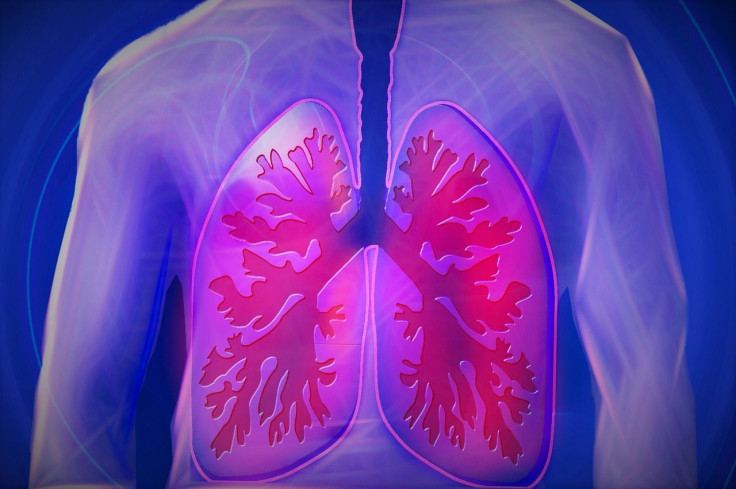Researchers Restore Severely Damaged Lungs Rejected For Transplants Within 24 Hours

KEY POINTS
- Patients awaiting lung transplantation suffer high wait-list mortality
- Lung perfusions help recover marginal quality donor lungs
- But support beyond 6 hours has been a challenge
- Researchers demonstrated-- Injured human lungs could be recovered using cross-circulation
Researchers in the United States have restored a human lung that was rejected for transplant, with respirators and pig blood. Thanks to the multidisciplinary team from Vanderbilt University Medical Center in Nashville, Tennesse and Columbia University, the procedure might someday increase the supply of organs for transplant.
Lungs are the least-used solid organ for transplant surgeries since only 20% of the donor's lungs are considered to be in healthy condition.
Six lungs collected from brain-dead patients were offered to transplant surgeons. But unfortunately, all of them started getting damaged, swollen and soggy with liquid and was gone too far from being eligible to be transplanted.
The researchers took this as an opportunity to employ their system in restoring damaged lungs that they had been working on for eight years.
They placed each of the lungs in plastic boxes and attached them to respirators so that it could breathe. Each of the lungs was then connected to a large vein in the neck of a live pig model so that its blood flowed through the vessels.
"Our findings suggest that cross-circulation can serve as a complementary approach to clinical EVLP to recover injured donor lungs that could not otherwise be utilized for transplantation, as well as a translational research platform for immunomodulation and advanced organ bioengineering," said the researchers in their paper published in Nature.
The researchers are now considering using a human instead of a pig. The damaged lung would be hooked to the patient with a large catheter inserted in their neck alongside attaching the lung to a respirator. By doing this, the transplant patient waiting for a lung could resuscitate one for themselves.
Even though the procedure isn’t anywhere near routine use, experts who weren’t a part of the research find it very impressive and have called it a transformative idea that would allow a jump forward in the field.
There has always been a surge in the number of lungs urgently needed for transplantation surgeries and the current pandemic situation is likely to increase the need furthermore. Severely ill COVID-19 patients will likely suffer lasting lung damages.
Using this new technique, the researchers hope that the waiting list for lungs could be eliminated. There is a very strict eligibility criterion for a lung transplant and this limits the supply. Most medical centers rule out older patients and frail individuals.
"If we could expand the donor pool. We could avoid a lot of waiting-list deaths and could be more open-minded about who could have a transplant," Dr. Matthew D. Bacchetta, the study’s lead author and a lung transplant surgeon at Vanderbilt, told the New York Times.
© Copyright IBTimes 2025. All rights reserved.






















